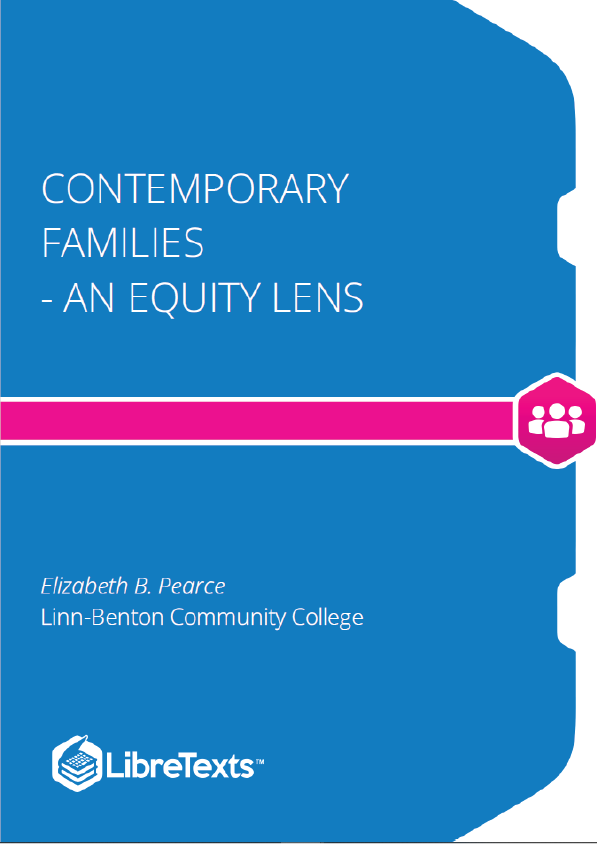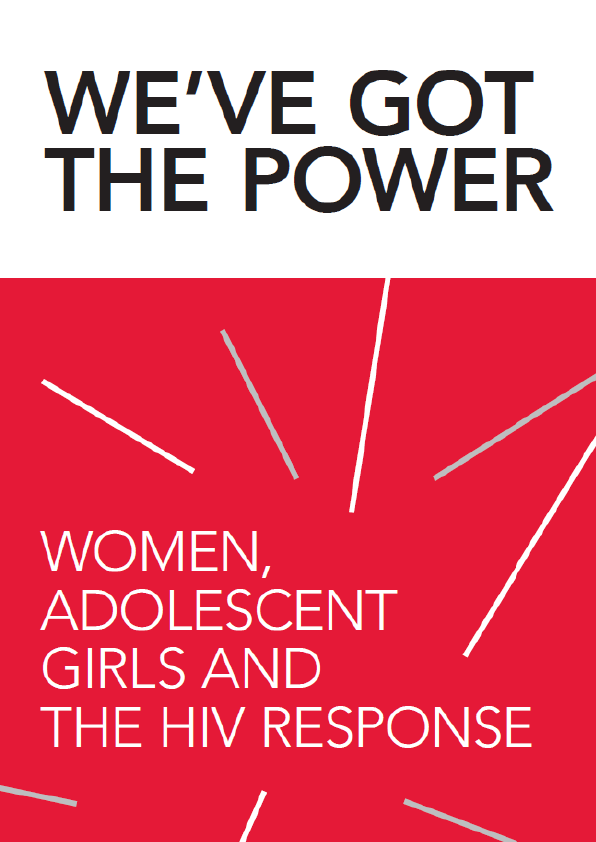This openly licensed text, created with students, approaches contemporary families from an equity lens. It asks two questions relevant to the Difference, Power, and Discrimination outcomes at Linn-Benton Community College and Oregon State University: “What do families need?” and “How do society and institutions support or get in the way of families getting what they need?
To begin our study of contemporary families in the United States, we will first define an important concept that is used for a large portion of this book: social constructions. A social construction is a mutual understanding and accepted reality created by members of a society: something that is not determined by biology or the natural world. Is there anything that humans have created that holds no real value in the natural world, yet we have assigned a great deal of value to it? If you are thinking of cash, you’re right on the money. Humans have determined that certain pieces of paper and metal objects are worth an agreed-upon value. For example, in the United States, a one dollar bill is worth 100 times the value of a penny. One of the ways that we can tell money is a social construction is that it varies from culture to culture and over time. When you visit another country, the United States dollar bill has to be “exchanged” for money that has a different appearance and value. Compare money with another thing of value to human beings: air. Air is needed by all human beings to survive. The need for air and its value do not change over time or from culture to culture.
Social constructions also relate to behavior and activities. For example, what food would you expect to see on the menu when you go out for breakfast in the United States? What if the eating place were described as a “Mexican” restaurant? And what if you traveled to another country, say, Korea? What is eaten for breakfast varies from culture to culture and even person to person. And yet, in general, we have a socially constructed idea of what is typically breakfast food in the United States: eggs, bacon, cereal, toast, and fruit, but not vegetables, noodles, pinto beans, or hot dogs. One of the ways that you can recognize that something is a socially constructed idea is that it differs from place to place and changes over time. In addition, whatever is part of the socially constructed idea (in this case what typical breakfast foods are) becomes “the norm” or what is expected. While we might welcome trying some different foods for breakfast, they are not what is seen as the typical, or expected, American breakfast foods.











